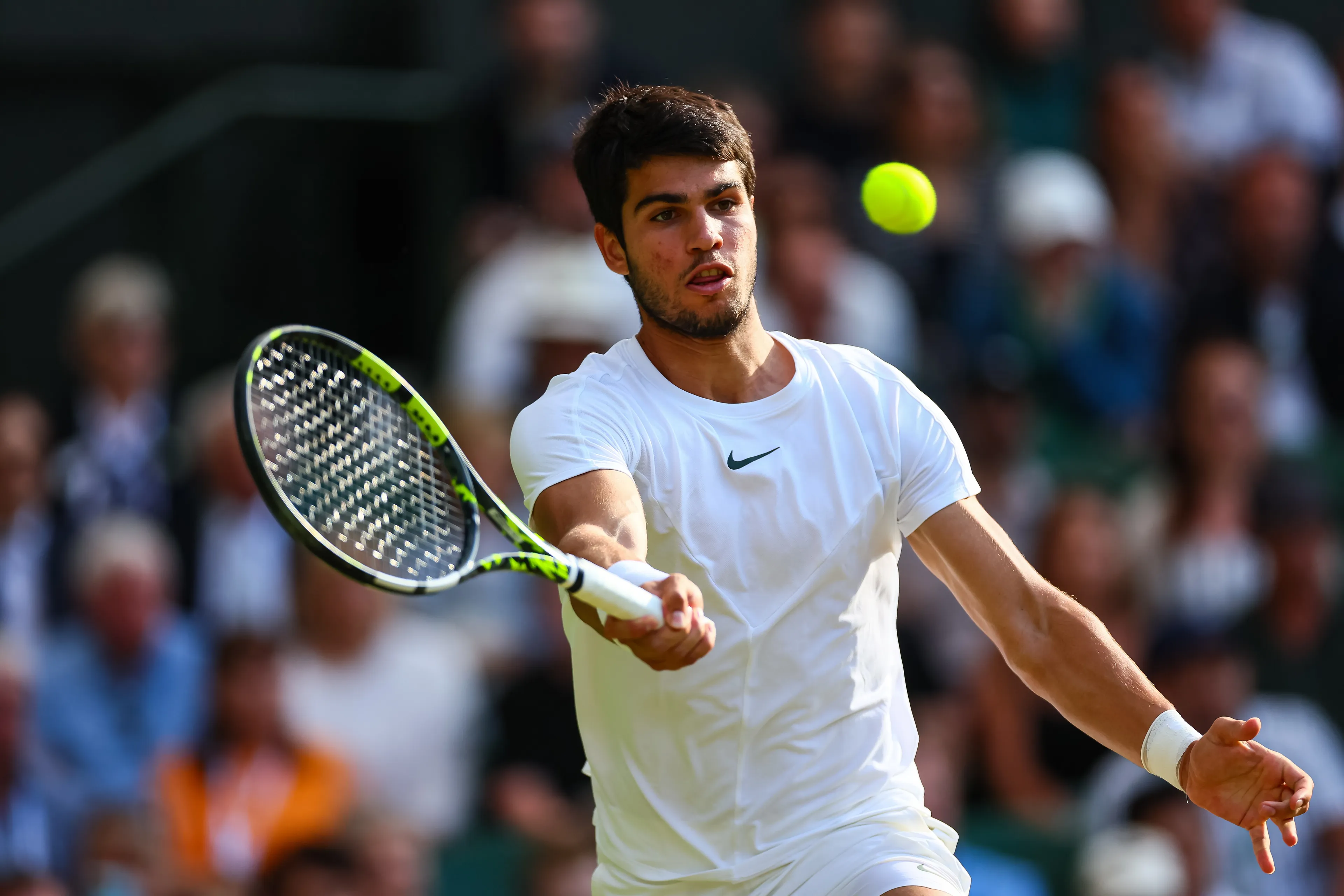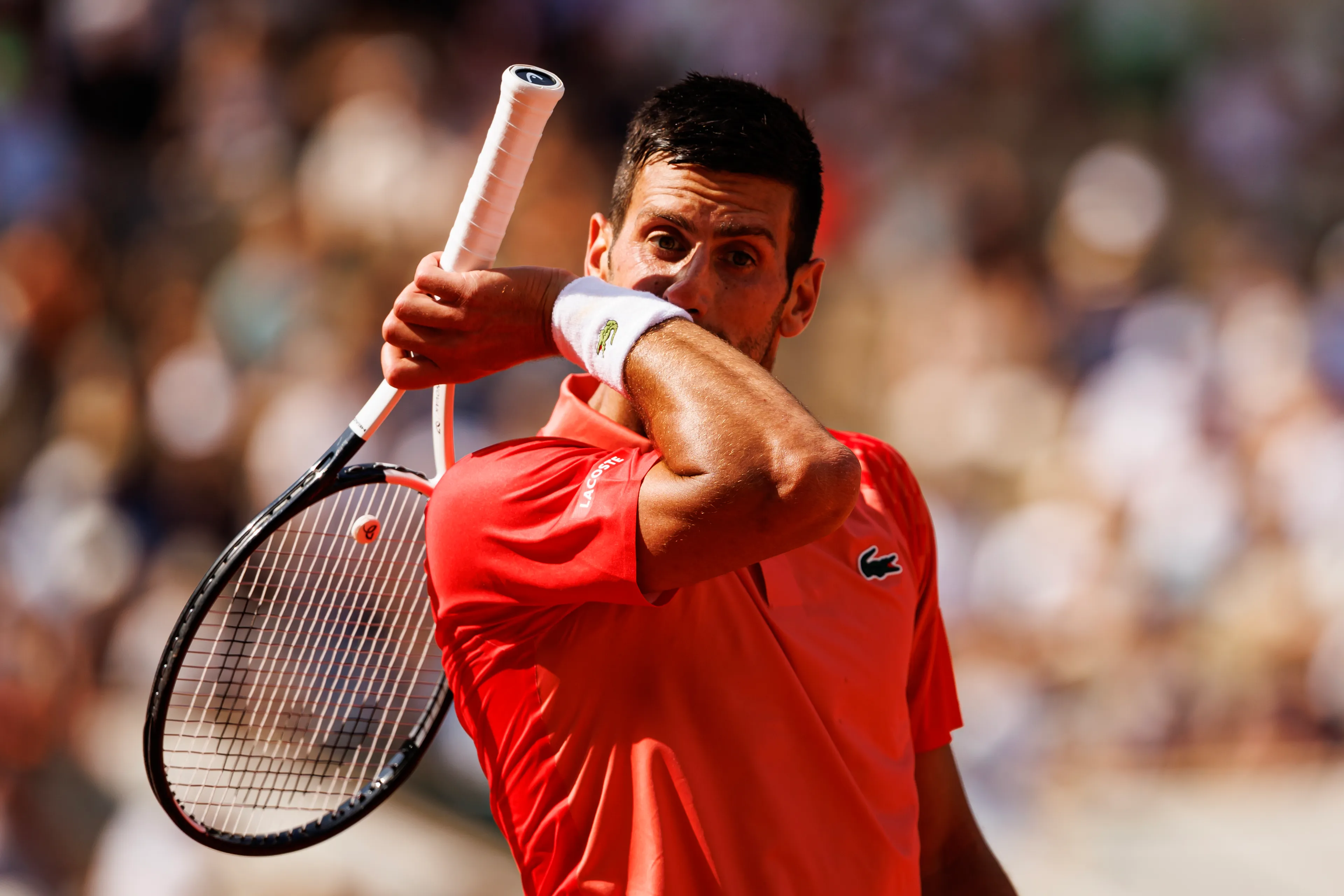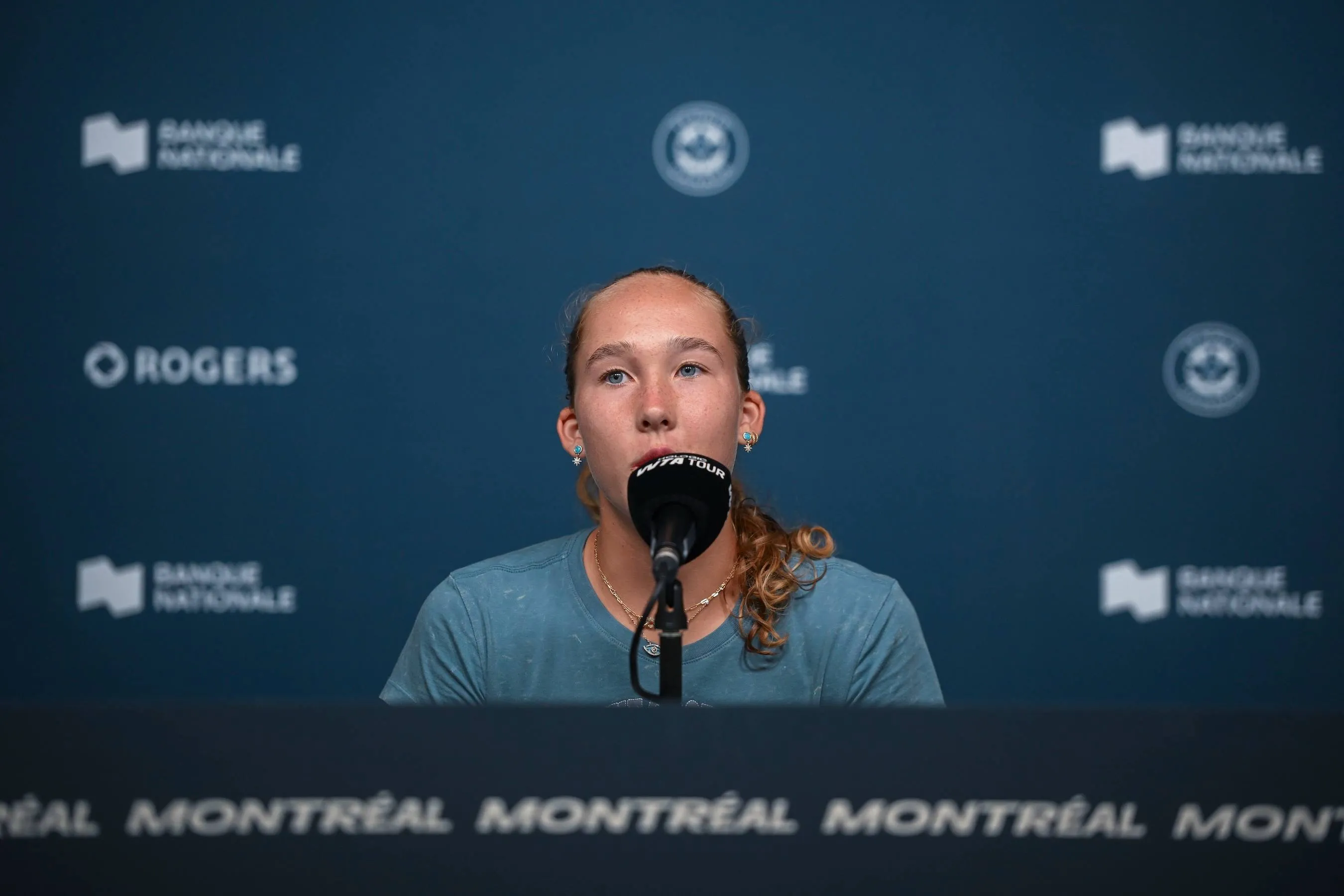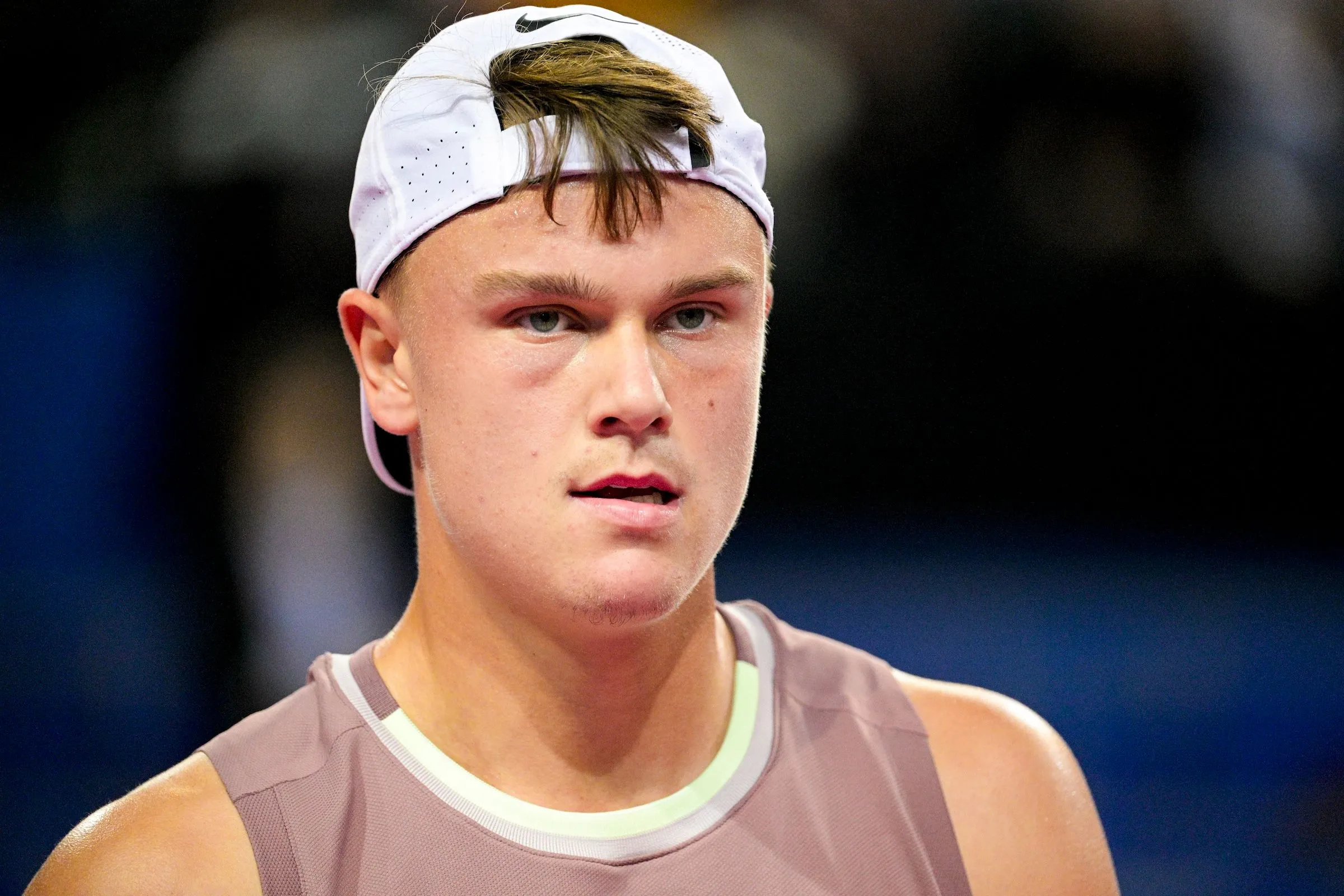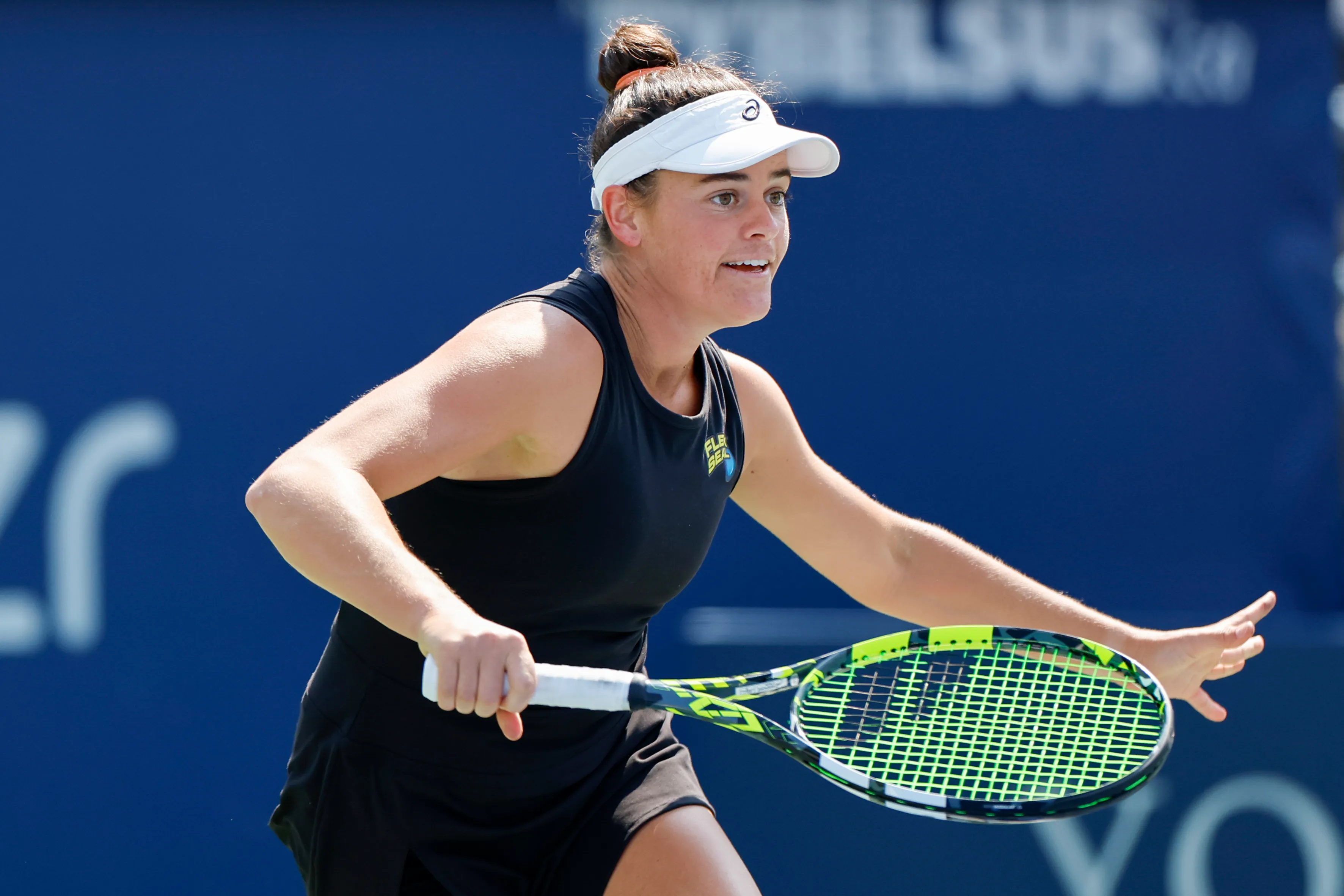Rafael Nadal's Tennis Racquet: What's His Choice?
TennisMonday, 09 October 2023 at 08:02
Updated at Friday, 08 December 2023 at 20:16
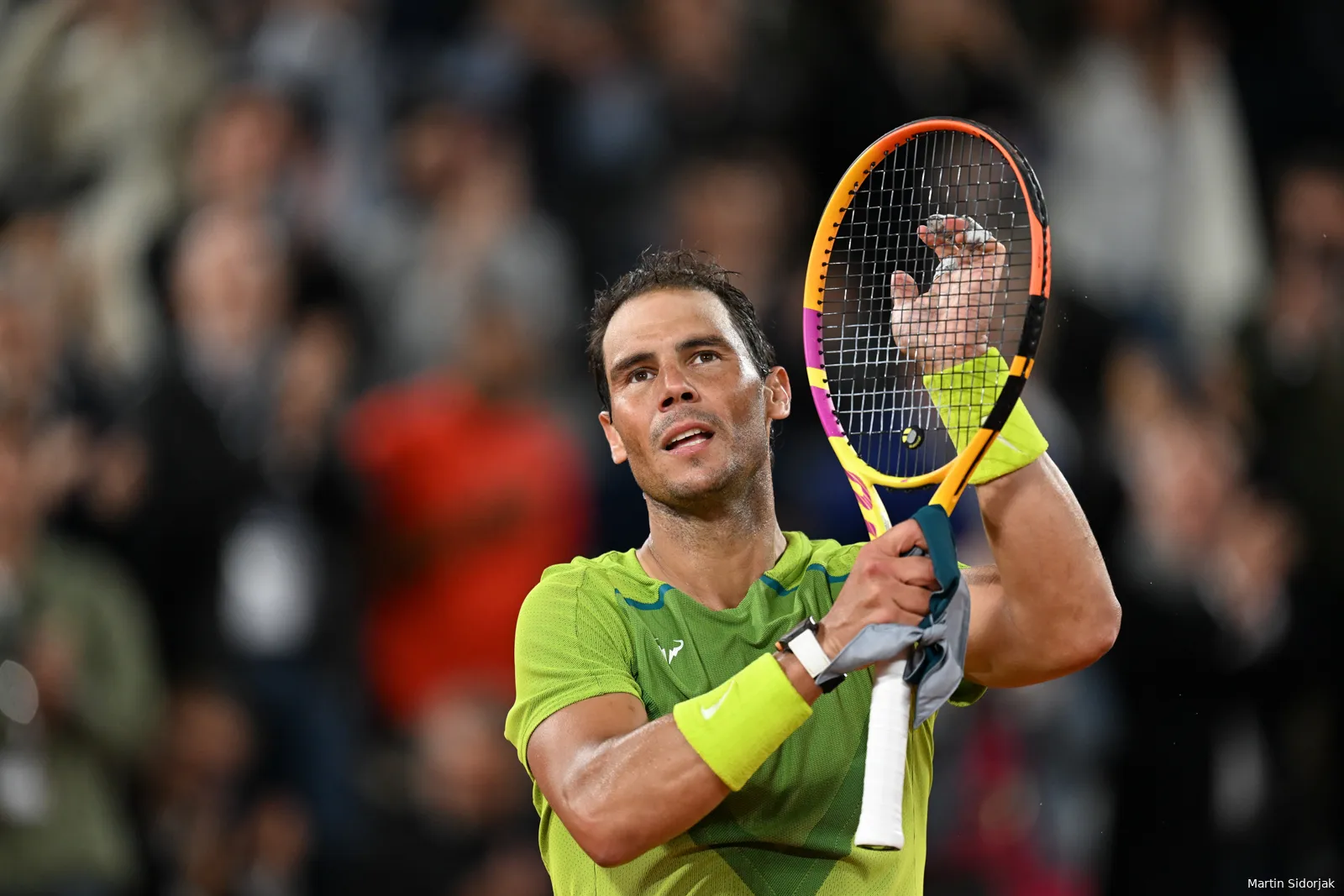
Recently, Babolat released the Pure Aero Rafa Origin – a racket based directly on Rafael Nadal’s own custom frame.
The specification of this racket provides incredible insight into Nadal’s game, but is this signature Rafa racket a realistic choice for amateur tennis players? The Pure Aero tennis racket has it’s origins almost twenty years ago, released under it’s original name, the Aero Pro Drive, and designed with young Rafael Nadal in mind.
The iconic “aero” frame shape – maintained all the way to the modern Pure Aero line – makes for a fast, aerodynamic swing. Perfect for the incredible attack Nadal strikes the ball with. But how do we get from such a recreational player-friendly frame, to one of the most challenging custom rackets on the pro tour?
Rafael Nadal’s personal racket follows a simple, yet brutally effective customisation path of adding a large amount of weight to the tip of the racket. This gives Nadal’s racket a very high balance point of 34.0 cm, along with an alarming 370+kg/cm2 swingweight.
To put it simply, these two aspects of Nadal’s racket make the frame extremely challenging to handle at even a high level, despite the lightness of the frame (relatively speaking for pro rackets) at 337 grams strung.
Unlike fellow greats Roger Federer and Novak Djokovic, Rafael Nadal’s personal rackets are strung with a full bed of very unforgiving polyester strings – something that goes all the way back to his days in junior tennis, where it’s likely the durability of the not yet popular polyester strings was a must for Nadal’s intense, topspin-heavy clay-court game.
Read also
Since 2010, Nadal’s rackets have been famously strung with black Babolat RPM Blast strings – a very stiff polyester that offers excellent spin potential for high-level players, and a string that has become incredibly popular on the professional tour today, with variations used by Carlos Alcaraz, Holger Rune, Stan Wawrinka, Felix Auger-Aliassime, and many others.
Multifilament or gut strings, while a lot more powerful and elastic, are simply not strong enough for Nadal to depend on. In fact, Nadal requests the thickest gauge of RPM Blast (1.35mm) to simply withstand the pressure his attacking topspin puts on the racket’s stringbed.
Although it should be noted Nadal switched to the slightly thinner 1.30mm gauge RPM Blast for the 2022 Australian Open – a change that would have provided a little more power to the stringbed, at the expense of some durability and control.
It’s unclear whether Nadal switched back to the 1.35mm version afterwards, but it’s likely he did for the longer rallies of the clay season. Returning to the new Pure Aero Rafa Orgin, it’s worth noting the racket features the old “woofer” grommets, once prominent in the Babolat rackets of the 2000s, which intended to “open up” the stringbed by lengthening the strings ever so slightly.
To say this had any real effect on the performance of the racket is debateable, but such a feature will alter the feel of a racket slightly, so it’s presence in the new Pure Aero Origin demonstrates fantastic attention to detail, and indicates a faithful market adaptation of Nadal’s personal rackets.
The head-heavy feel and high swingweight of the Pure Aero Rafa Origin can greatly enhance the heavy topspin game of Rafael Nadal, particularly if – like Rafa himself – you also make use of the smaller L2 (4 ¼”) grip size.
However, you may need to be as strong as Nadal himself to get the best out of this signature racket. These are challenging specifications even for accomplished tennis players – perhaps even more so than Roger Federer’s notoriously difficult signature Wilson RF97 ProStaff.
It’s difficult to recommend the Pure Aero Rafa Origin as a practical racket for competitive amateurs, but as a hitting experience, there’s really no racket with specifications like this on the market. And perhaps never will be again. This racket offers an opportunity to gain a little bit of understanding of how Rafael Nadal’s unique gamestyle works, which, speaking as a tennis enthusiast, is incredibly exciting.
Read also
Loading
